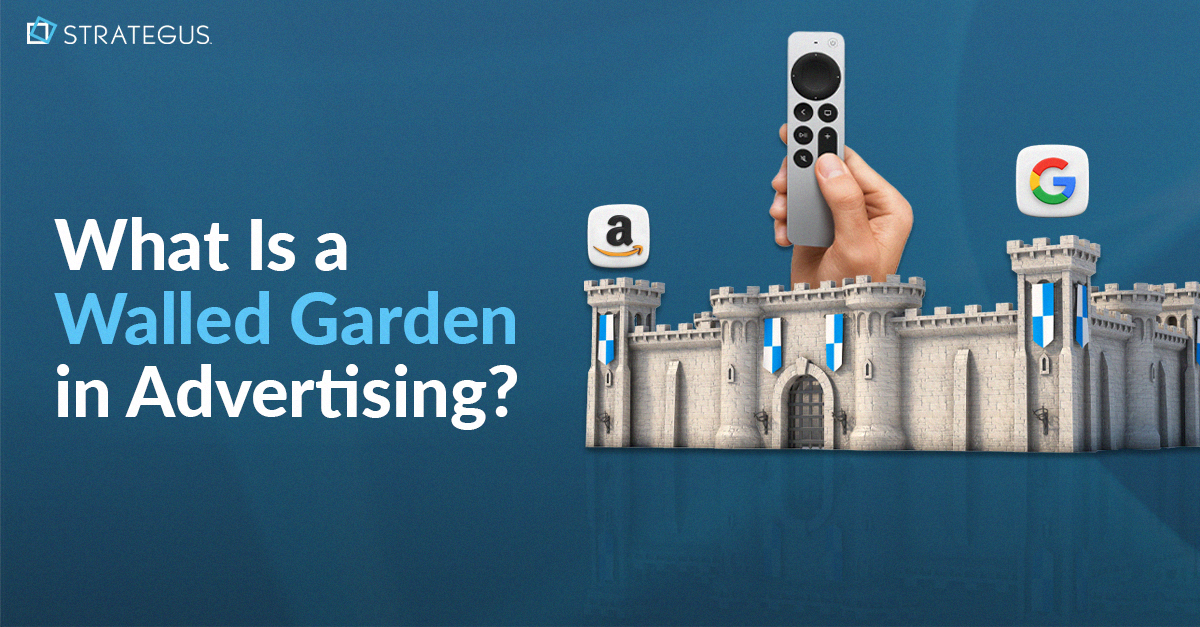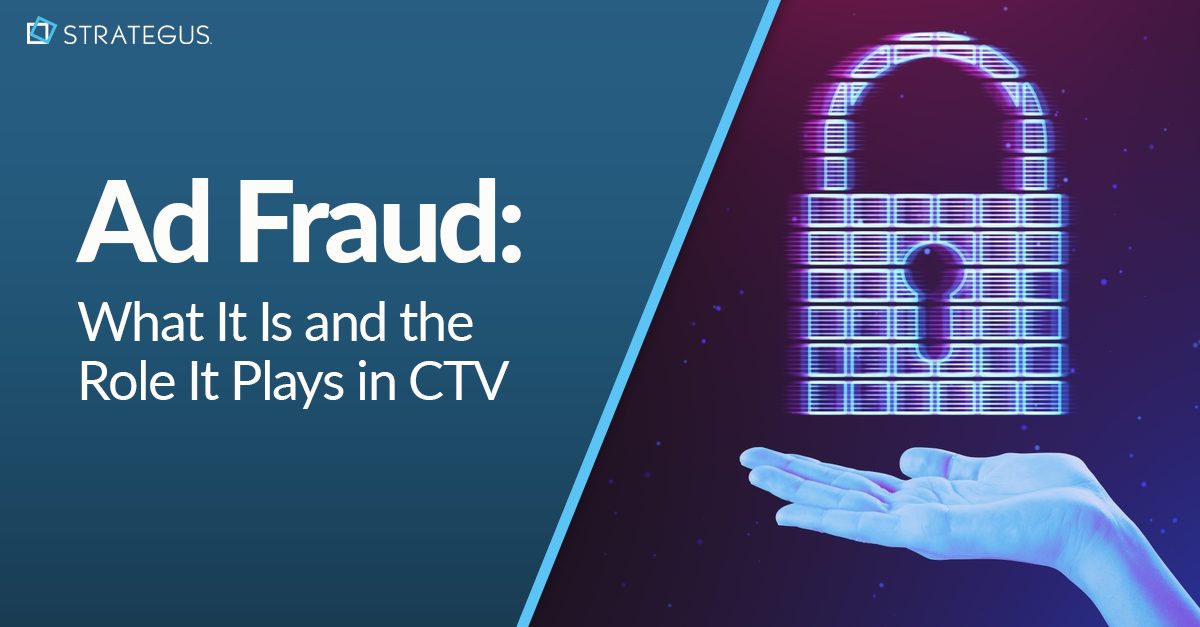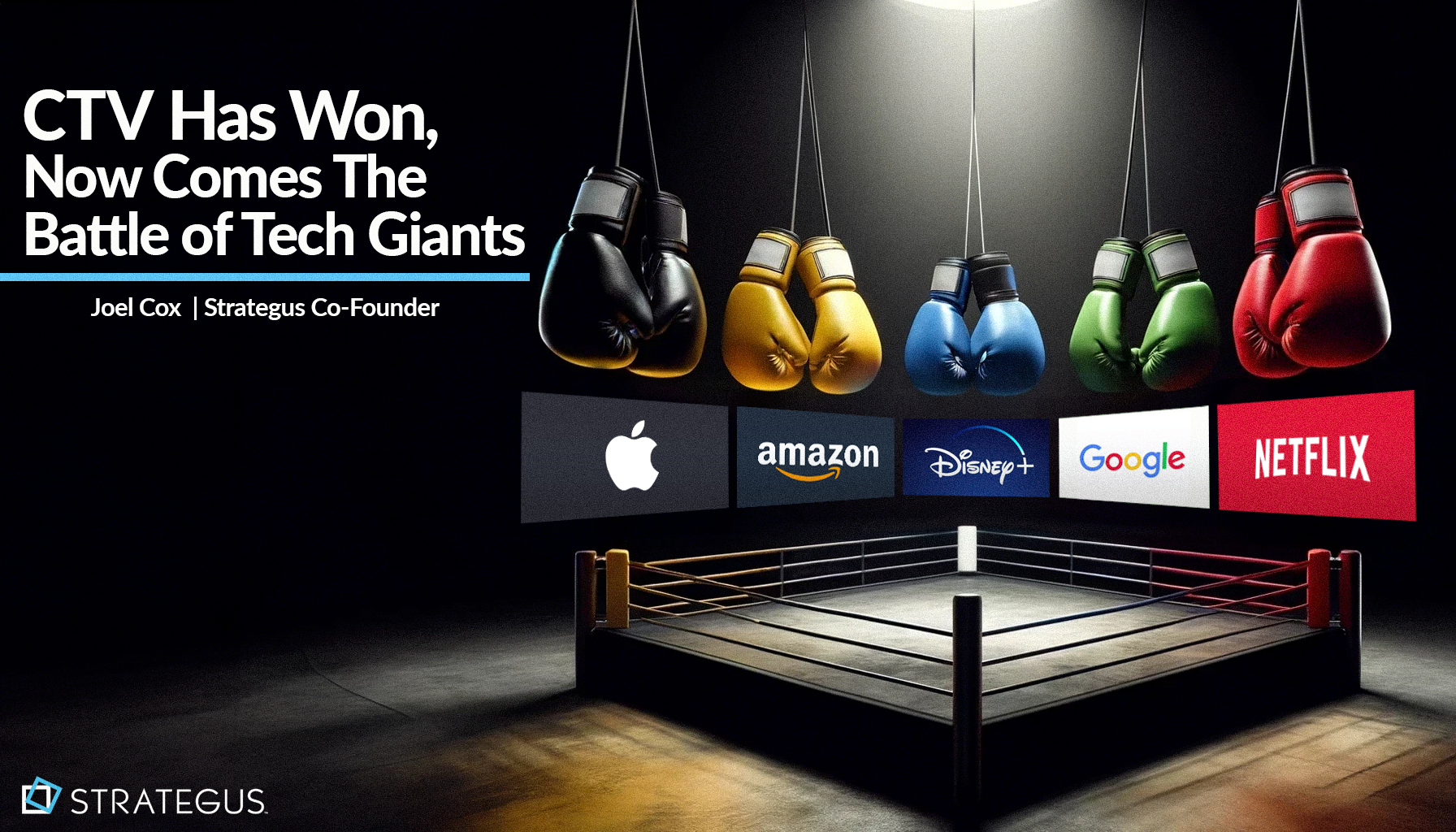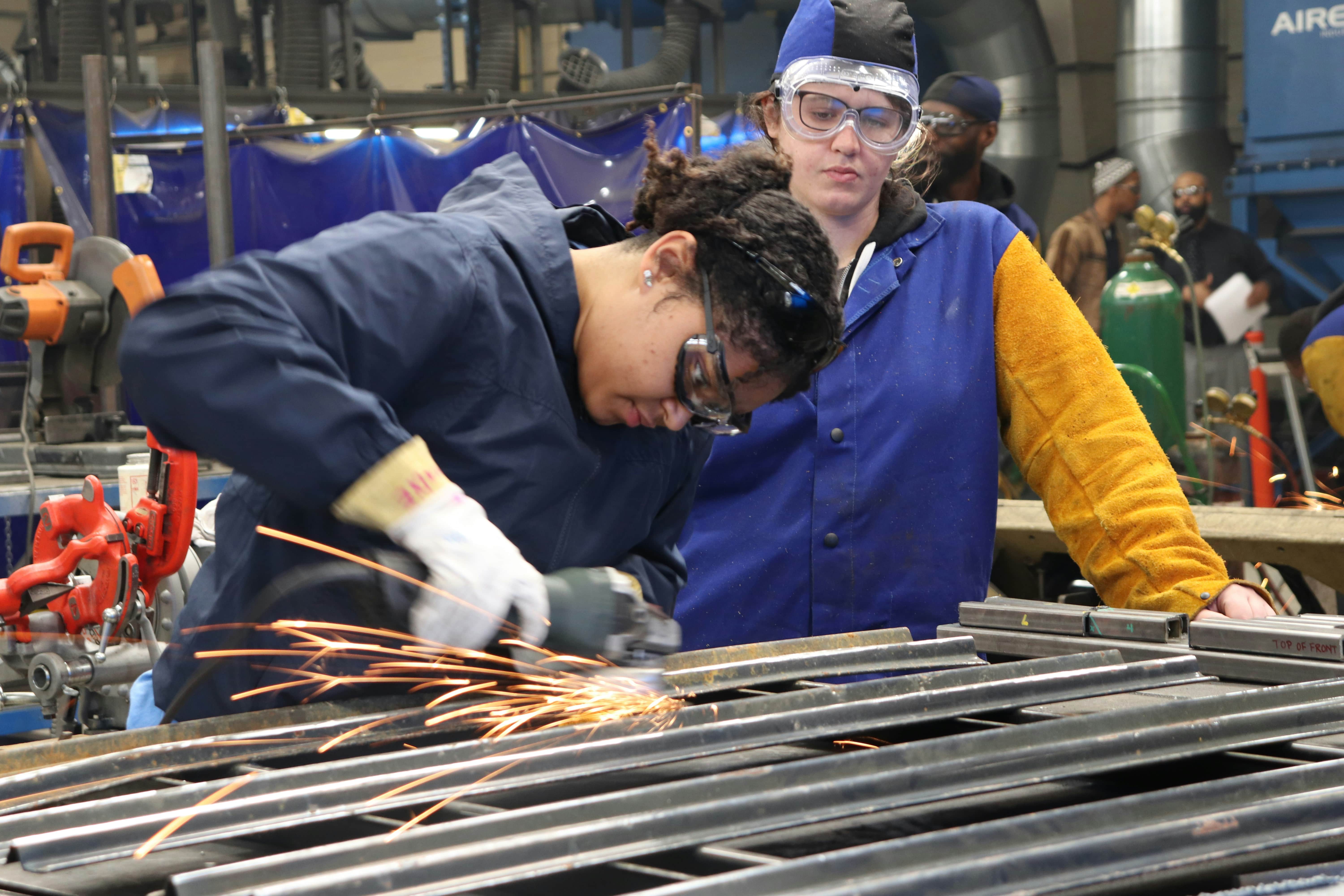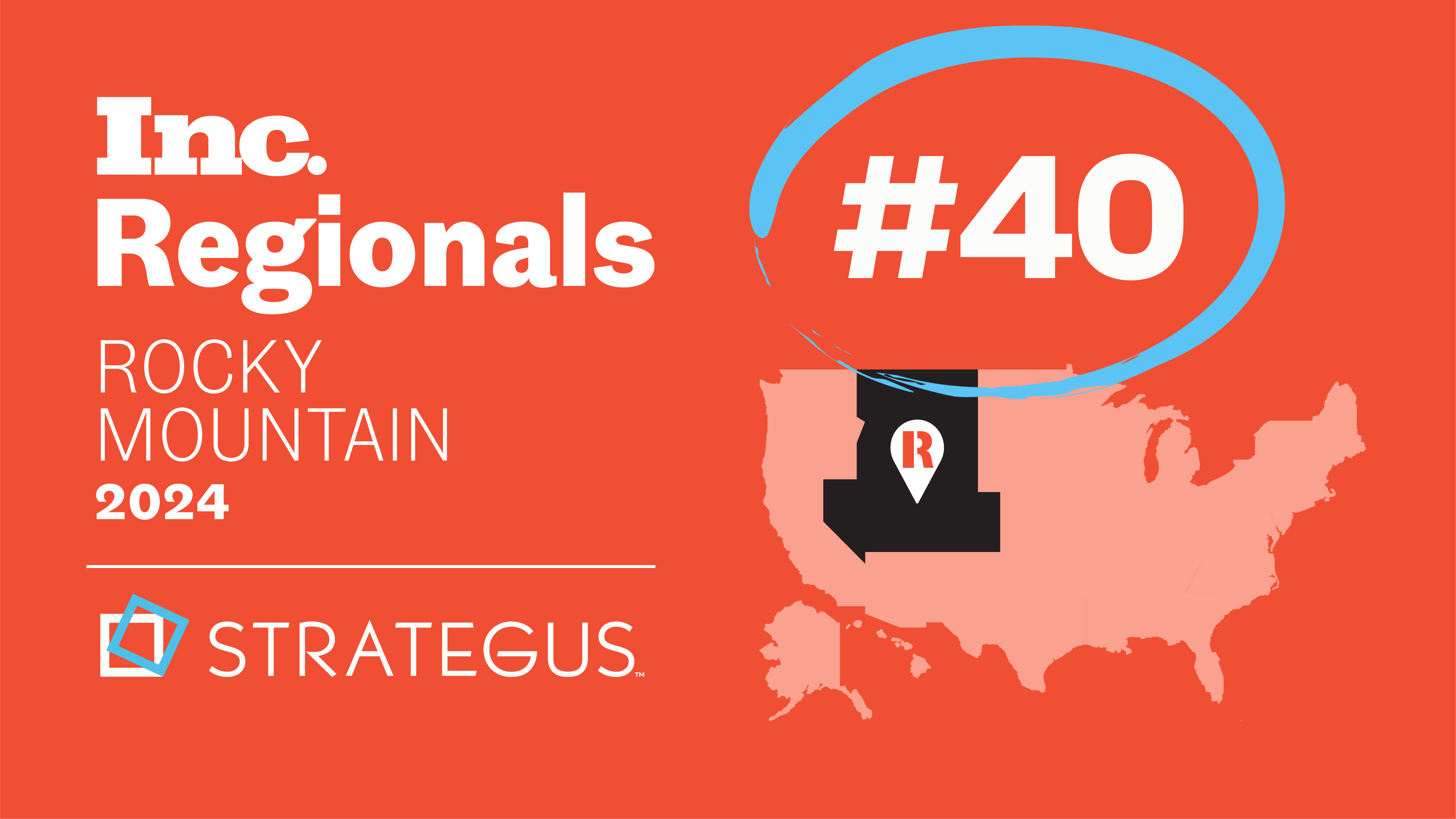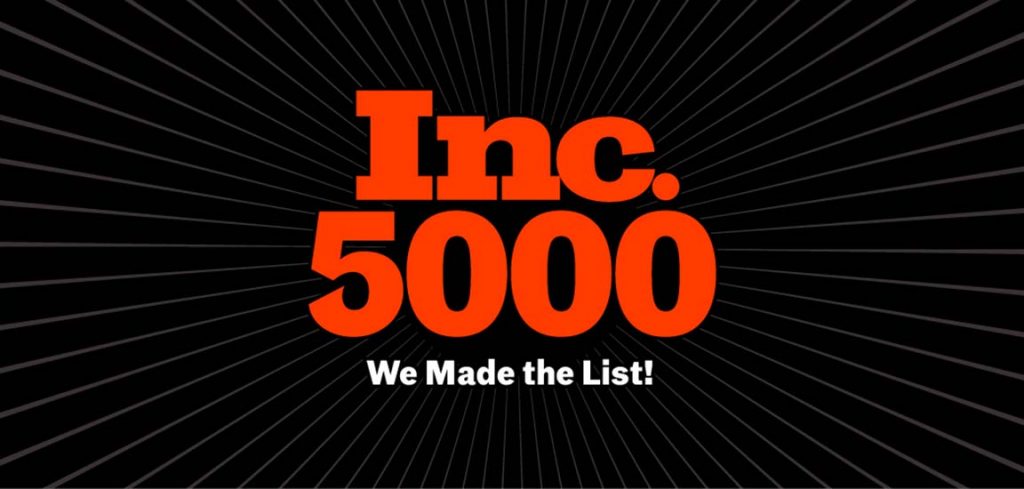- Home
- Strategus Blog
- What is Connected TV Advertising Going To Be Like In 10 Years?
What is Connected TV Advertising Going To Be Like In 10 Years?
 Andy Dixon
Andy Dixon
6 minutes read

At the start of the last decade, we witnessed two things: the peak in the number of pay-TV households and the introduction of a new trend. Cord-cutting. Since 2010, that trend has held steady and has only increased year over year, as more households continue to abandon traditional TV in favor of streaming services such as HBO, Crackle, Tubi, Hulu, SlingTV, Pluto TV, etc.
Last year, TV ad spend dropped below 30% of total national ad spend for the very first time and is expected to continue its decline in the coming years. Media consumption has transformed before our very eyes, pushing the digital ad industry into a state of hyper growth over the past decade. Not surprisingly, this rapid shift has brought about new best practices and hot topics in a very short amount of time, from OTT (over-the-top) advertising to CTV (Connected TV) advertising to programmatic.
While CTV advertising is considered to be in its infancy, the data shows that it is here to stay. For media buyers and marketers alike, the question is no longer whether you jump on the “bandwagon”, but how to stay at the forefront and compete, as this new frontier continues to evolve and change on the daily. In fact, viewing habits are now resembling linear TV and in the not so far future, there is no question that OTT/CTV advertising will be the standard.
Now, what is interesting is how this landscape will change in the next 10 years. We get this question a lot and believe that anticipating what’s to come in the future is the best way to stay ahead of what is happening in the present. Smart buyers and marketers recognize that understanding where the industry is headed, will help place them in an advantageous position as the market becomes more saturated.
How will connected TV advertising adapt to fit consumer behavior in the future?
Imagine a fully immersive media consumption experience. A smart home decorated with a television, voice controlled with Google Home or Amazon’s Alexa. An integrated digital suite with streaming applications synced across mobile devices, wearables, and on all household viewports. In between episodes of your favorite sitcom, a short CTV ad runs.
You tap your wearable to bookmark it, and a push notification shows up on your phone seconds later, asking if you’d like to review product offerings. “Siri, view later,” you say instinctively, returning to the show as the 30 second advertisement ends. From there, retargeting ads hit your phone and browser and you are reminded of this brand you “saved” every few days until you make a purchase or remove it from your bookmarks.
Given the advancement of facial recognition technology, voice command software, and machine learning, we may hit this full immersion point sooner than you think. Below are the 5 trends our team of experts believe will emerge in CTV advertising over the next 10 years.
1 – CTV / Mobile device connection for “Clickable” CTV ads
One of the greatest differentiators of CTV ad campaigns currently is the fact that ads are not skippable, which allows for a higher view rate and completion is almost 100%. On the other hand, the drawback is the inability to take action and “click” on a CTV ad. We believe that this will soon change.
Mobile phones already serve as a remote on some smart TVs like Amazon Fire TV and Roku TV. As smart home technology evolves, bluetooth/wifi cross-device connection will become more seamless. Multi-experience content will become very common as variations of media syncs across devices. The mobile phone will serve as a connection to the CTV ad campaigns, allowing a user to view an ad on the largest viewport (television) for the maximum impact, but “click” on their phone to visit a brand’s website or shopping portal on their handheld devices. As you can imagine, this will also require a massive shift in creative strategy to create a smooth (and effective) transition from device to device.
2 – Eye tracking and facial recognition for engagement/audience targeting metrics
Success and audience targeting metrics will become even more fine tuned as newer CTV’s introduce built in FaceTime cameras and develop facial recognition software advances. We might see those two things overlap and move from a cost per mile CPM model to a cost per eye-seconds model, measuring which audiences are more attentive to the TV and are sold as more engaged audiences.
This will allow for even greater targeting at the individual level, within the household. Currently, CTV advertising is somewhat limited to targeting households due to restrictions such as shared accounts, but this is getting better with identity graphs (ask us how). Facial recognition data will allow for that extra layer of sophistication when optimizing ads beyond the contemporary standard of who is logged in and what is being watched. Not only will marketers be able to deliver campaigns based on who in the household is watching, they will also be able to measure who in the household is most engaged.
3 – Voice recognition and voice command for ad engagement
Similar to eye tracking, we believe voice recognition and voice command will play a key role in changing ad engagement. Technology advancements are pointing us towards a future where we live in a seamless, multi-experience world. People want convenience at every stage of shopping–voice command allows for that.
Amazon reported last year that individuals were “increasingly” using Alexa Voice Shopping, although overall adoption is still low. As we embrace IOT (Internet of Things) technology, the future will see consumers leveraging voice shopping to maintain a more effortless lifestyle. Engagement may not be limited strictly to “clicking” and may begin to include “replying.” It isn’t far-fetched to picture an individual taking action by issuing the command: “Hey Siri, can you send this offer to my phone?” or “Hey Alexa, can you order me that pizza using that deal that was just on the TV? It sounds delicious and I IS HUNGRY!”
4 – Wearables and ad retargeting
Wearable gadgets is another area that has exploded onto the scene in the last decade as numerous companies introduced smartwatches, fitness trackers, smart glasses, and more. These devices are a game changer in the realm of big data, collecting information on consumer location, lifestyle, and even health–in real time! As wearable technology becomes more advanced, advertisers will soon begin directing retargeting campaigns in this direction, big time.
Imagine knowing that a targeted consumer has watched a CTV ad to completion and is currently shopping at a mall where the brand has a retail location with near 100% accuracy. How would your ad strategy change if you could deliver a geographical triggered ad to their smartwatch… for a discount off their next purchase… right before they walk by the storefront? We are close today, but the timelines, specificity and accuracy will get exponentially better. . .
5 – Mainstream events will migrate to a streaming service
The final trend we expect to see in the coming decade takes into account everything we’ve already discussed. Right now, traditional television giants such as FOX, NBC, ABC continue to reign when it comes to major sporting events such as the NBA Finals, SuperBowl, and World Cup.
As viewership steadily drops on satellite and cable TV, the final frontier between traditional and streaming will be broken when one of these major events moves over to one of the OTT “Big 4” (Amazon, Google, Facebook, Apple). These four companies are already big players in the content streaming space. We expect this dominance to hold steady and increase in the coming years.
The Bottom Line
In the last decade, we saw the shift from traditional TV to streaming TV begin. Over the next decade, we will see this movement solidify as big data, machine learning, artificial intelligence, and IOT products continue to advance. Regardless of the changing landscape, there is no question that OTT and CTV advertising will remain relevant.
Strategus has been at the forefront of OTT and CTV innovation since the very beginning and our team is excited to see the industry continue to advance and mature. If you have any questions, feel free to contact us and pick our brains on what we believe will be the “next big thing” in this space.

Andy Dixon is a seasoned Content Writing Specialist at Strategus, renowned for his expertise in creating engaging and impactful digital content. With over a decade of experience in content creation, Andy has honed his skills in a variety of niches, ranging from technology and marketing to education.
Strategus is a managed services connected TV(CTV) advertising agency with over 60,000+ campaigns delivered. Find out how our experts can extend your team and drive the result that matter most.
Talk to an Expert
Seeking a Custom CTV Strategy That Delivers?
What to read next
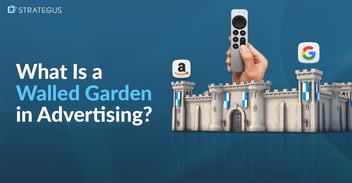
What Is a Walled Garden in Advertising?
Google has been under ongoing regulatory scrutiny for antitrust concerns — including an upcoming lawsuit by the Department of Justice (DOJ) that...
12 minutes read
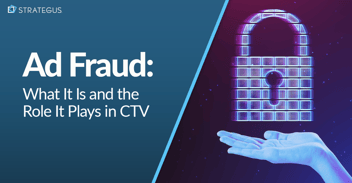
Ad Fraud: What It Is and the Role It Plays in CTV
Connected TV (CTV) is the fastest-growing ad channel in U.S., predicted to account for $42.4 billion in ad spend by 2027. But as CTV investment...
14 minutes read
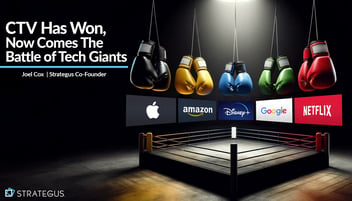
CTV Has Won, Now Comes the Battle of the Tech Giants
Who will be the winner with Amazon, Netflix, Google, Apple, and Disney battling for CTV supremacy? Just a few years ago, a phenomenon called...
6 minutes read

What Is Addressable TV Advertising and How Does It Work
In the early days of TV, ads were placed based on the programs they supported. This means that every household tuning into a given broadcast would...
7 minutes read



